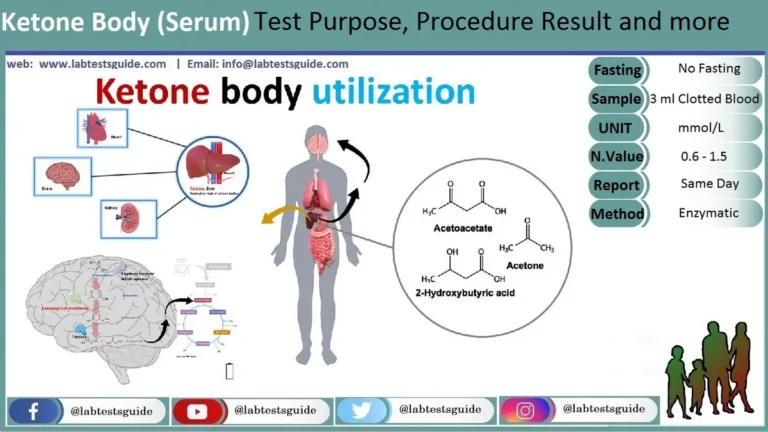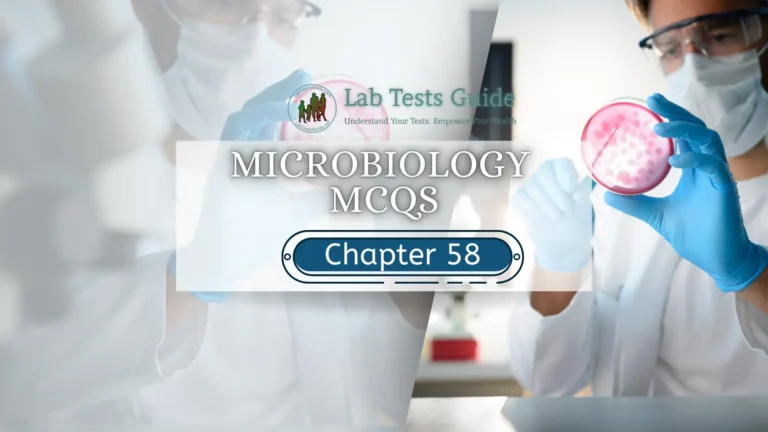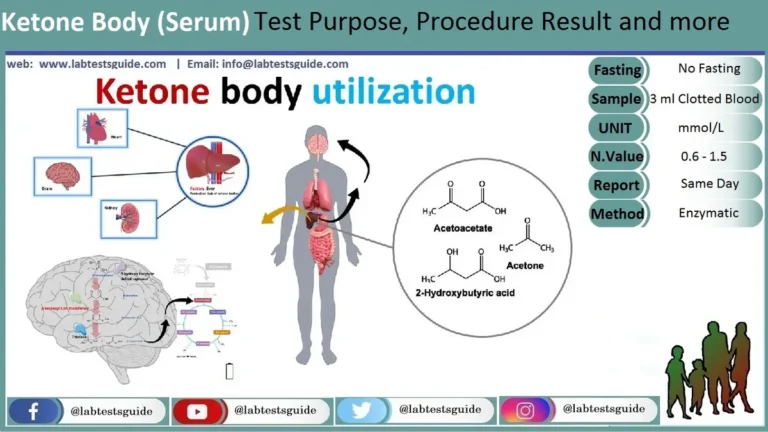Bacterial flagella are whip-like appendages that extend from the surface of bacteria and are used for motility. They are composed of a filament, hook, and basal body, which work together to generate torque and propel the bacterium forward. The filament is a long, helical structure made of flagellin protein, which provides the propulsive force. The hook connects the filament to the basal body, which anchors the flagellum to the bacterial cell wall and rotates to power the movement of the filament. Bacteria use a variety of mechanisms to control the direction of flagellar rotation, allowing them to move towards or away from specific stimuli such as nutrients or toxins. The presence or absence of flagella, as well as their structure and function, can have significant effects on bacterial physiology and pathogenesis.

Introduction to Bacterial Flagella:
Bacterial flagella are whip-like appendages that protrude from the surface of bacteria and are used for motility. They are long, thin, helical structures that extend from the bacterial cell surface and rotate rapidly to propel the cell forward. Flagella are found in a wide range of bacterial species, and play a critical role in bacterial survival and pathogenesis.
The discovery of bacterial flagella dates back to the late 19th century, when they were first observed under the microscope by Antonie van Leeuwenhoek. However, it wasn’t until the 1950s that the structure and mechanism of flagellar movement were fully elucidated. Since then, extensive research has been conducted to understand the diverse functions and regulation of bacterial flagella.
Bacterial flagella are composed of three main parts: the filament, hook, and basal body. The filament is a long, helical structure made up of repeating subunits of a protein called flagellin. The hook connects the filament to the basal body, which anchors the flagellum to the cell wall and rotates to generate torque for movement.
In addition to its role in motility, bacterial flagella also play a critical role in bacterial pathogenesis. They are involved in processes such as host colonization, biofilm formation, and evasion of the host immune system. As such, the study of bacterial flagella has significant implications for our understanding of bacterial physiology and disease, as well as for the development of new therapeutics and biotechnological applications.
Structure of Bacterial Flagella:
Bacterial flagella are complex structures composed of three main parts: the filament, hook, and basal body. The filament is the long, thin, helical structure that extends from the surface of the bacterium and is responsible for propelling the cell forward. The hook connects the filament to the basal body, which is anchored in the bacterial cell wall and serves as the motor that drives flagellar rotation.
- Filament:
The filament is the most visible part of the flagellum and is made up of repeating subunits of the protein flagellin. These subunits assemble into a long, helical structure that forms the backbone of the flagellum. The filament can be several micrometers in length and varies in diameter between bacterial species. The helical shape of the filament allows it to generate torque when rotated by the basal body, propelling the bacterium forward. - Hook:
The hook is a short, flexible structure that connects the filament to the basal body. It is made up of a different protein called FlgE and is typically only a few hundred nanometers long. The hook allows the filament to change direction as it rotates and provides some flexibility to the flagellum. - Basal Body:
The basal body is the complex motor that drives flagellar rotation. It is embedded in the bacterial cell wall and is composed of several components, including the rod, the rings, and the export apparatus. The rod extends from the cytoplasmic membrane through the peptidoglycan layer and into the periplasmic space. The rings, which are embedded in the cytoplasmic membrane, provide the structural support for the basal body and act as a channel for the export of flagellar components. The export apparatus is responsible for transporting the flagellar subunits from the cytoplasm to the growing flagellum.
Overall, the structure of bacterial flagella is highly conserved across different bacterial species, but there are variations in the length and diameter of the filament, the length and flexibility of the hook, and the number and arrangement of the rings in the basal body. These variations are thought to contribute to the diversity of flagellar functions observed in different bacterial species.
Mechanism of Flagellar Movement:
The movement of bacterial flagella is driven by the rotation of the basal body, which acts as a motor powered by proton motive force or sodium ions in some bacteria. The rotation of the basal body generates torque, which is transmitted through the hook to the filament, causing it to rotate and propel the cell forward.
- Rotation of the Basal Body:
The basal body of bacterial flagella is composed of several rings, including the C-ring, MS-ring, and P-ring, which are embedded in the cytoplasmic membrane, as well as the L-ring, which extends through the peptidoglycan layer and into the periplasmic space. The C-ring is responsible for driving flagellar rotation by using the energy of the proton motive force or sodium ions to turn a rotor made up of the protein FliG. This rotation is transmitted to the MS-ring and P-ring, which are stationary and serve to anchor the motor to the cell wall. The L-ring acts as a stator, preventing the rotor from rotating relative to the cell wall. - Switching the Direction of Rotation:
Bacterial flagella can rotate in either a clockwise (CW) or counterclockwise (CCW) direction. When all of the flagella on a bacterium rotate in the same direction, the bacterium swims in a straight line. When the direction of rotation is reversed, the bacterium changes direction. The direction of flagellar rotation is controlled by a molecular switch located at the base of the flagellum. This switch is composed of the proteins FliM, FliN, and FliG, and is controlled by the binding of phosphorylated CheY protein, which is involved in chemotaxis. - Chemotaxis:
Bacterial flagella are also involved in chemotaxis, the directed movement of bacteria in response to chemical gradients. This process involves the binding of chemical ligands to receptor proteins located on the bacterial surface, which triggers a signal transduction cascade that ultimately affects the direction of flagellar rotation. When the concentration of a chemical ligand is high, the bacterium moves towards the source by swimming in a straight line, and when the concentration is low, the bacterium changes direction to explore new areas.
Overall, the mechanism of flagellar movement is complex and tightly regulated, allowing bacteria to navigate their environment and respond to changing conditions.
Regulation of Flagellar Synthesis and Function:
The synthesis and function of bacterial flagella are tightly regulated at both the transcriptional and post-transcriptional levels. This regulation ensures that flagella are only produced when they are needed and that they are used efficiently for motility and chemotaxis.
- Transcriptional Regulation:
The genes involved in flagellar synthesis are organized into operons, which are coordinately regulated by a variety of transcriptional factors. One of the most important of these factors is the master regulator protein FlhDC, which controls the expression of several other transcriptional regulators and flagellar genes. FlhDC is itself regulated by a variety of signals, including temperature, pH, and nutrient availability, allowing bacteria to adjust their flagellar synthesis in response to changing environmental conditions. - Post-Transcriptional Regulation:
In addition to transcriptional regulation, flagellar synthesis is also subject to post-transcriptional regulation by a complex network of RNA-binding proteins and small RNAs. These regulators can affect the stability, translation, and processing of flagellar mRNAs, allowing bacteria to fine-tune their flagellar synthesis in response to specific signals. One of the most important post-transcriptional regulators of flagellar synthesis is the RNA-binding protein Hfq, which helps to stabilize and facilitate the translation of flagellar mRNAs. - Flagellar Function:
The function of bacterial flagella is also subject to regulation, particularly in the context of chemotaxis. Chemotaxis involves the binding of chemical ligands to receptor proteins on the bacterial surface, which trigger a signal transduction cascade that ultimately affects the direction of flagellar rotation. The signaling pathways involved in chemotaxis are complex and involve a variety of regulatory proteins, including the chemotaxis proteins CheA, CheB, CheR, and CheY.
Overall, the regulation of flagellar synthesis and function is critical for the efficient use of flagella for motility and chemotaxis. This regulation allows bacteria to adapt to changing environmental conditions and to use their flagella to navigate their environment and find sources of nutrients or avoid harmful substances.
Significance of Bacterial Flagella:
Bacterial flagella are essential structures that play important roles in the physiology and ecology of many different types of bacteria. Here are some of the key significance of bacterial flagella:
- Motility:
Bacterial flagella enable bacteria to move through their environment and find sources of nutrients or avoid harmful substances. This motility is important for bacterial survival and allows bacteria to colonize new environments and compete with other microorganisms. - Chemotaxis:
Bacterial flagella are involved in chemotaxis, the directed movement of bacteria in response to chemical gradients. This process allows bacteria to find sources of nutrients or avoid harmful substances and is critical for bacterial survival in complex environments. - Virulence:
Flagella can also play important roles in bacterial virulence, allowing pathogenic bacteria to move through host tissues and evade immune defenses. For example, the flagellum of the bacterium Helicobacter pylori is important for its ability to colonize the stomach and cause gastric ulcers. - Biofilm Formation:
Flagella can also be involved in the formation of bacterial biofilms, which are communities of bacteria that adhere to surfaces and are often resistant to antibiotics and immune defenses. The flagella of some bacteria, such as Pseudomonas aeruginosa, are involved in the initial attachment of the bacteria to surfaces and the subsequent formation of biofilms. - Ecological Significance:
Bacterial flagella are also important for the ecology of many different types of environments, including soils, aquatic environments, and the human microbiome. Flagellated bacteria can play important roles in nutrient cycling, food web dynamics, and disease transmission, among other things.
Overall, bacterial flagella are essential structures that play important roles in bacterial physiology, ecology, and evolution. Understanding the biology of bacterial flagella is critical for understanding the behavior and interactions of bacteria in their natural environments, as well as for developing new strategies to control bacterial infections and environmental processes.
Conclusion and Future Directions:
In conclusion, bacterial flagella are fascinating structures that are critical for the survival, motility, and virulence of many different types of bacteria. These structures have been the subject of extensive research over the past several decades, and our understanding of their structure, function, and regulation has advanced significantly as a result. However, there is still much to learn about the biology of bacterial flagella, particularly in the context of complex environmental interactions and bacterial communities.
Future research in this area is likely to focus on a number of different areas, including:
- The role of bacterial flagella in microbial communities:
Bacterial flagella are likely to play important roles in the dynamics of microbial communities, including competition, cooperation, and resource utilization. Understanding these interactions is critical for understanding the ecology and evolution of bacteria in their natural environments. - The development of new strategies for controlling bacterial infections:
Bacterial flagella are often critical for the virulence of pathogenic bacteria, making them attractive targets for the development of new antimicrobial therapies. Understanding the molecular mechanisms of flagellar synthesis and function could lead to the development of novel drugs that target these structures. - The development of new materials inspired by bacterial flagella:
The complex structure and function of bacterial flagella have inspired the development of new materials with unique properties, such as self-propulsion and controlled motion. Further research in this area could lead to the development of new materials with a wide range of potential applications.
Overall, the study of bacterial flagella is an exciting and rapidly evolving field, with many opportunities for new discoveries and applications.
Possible References Used






